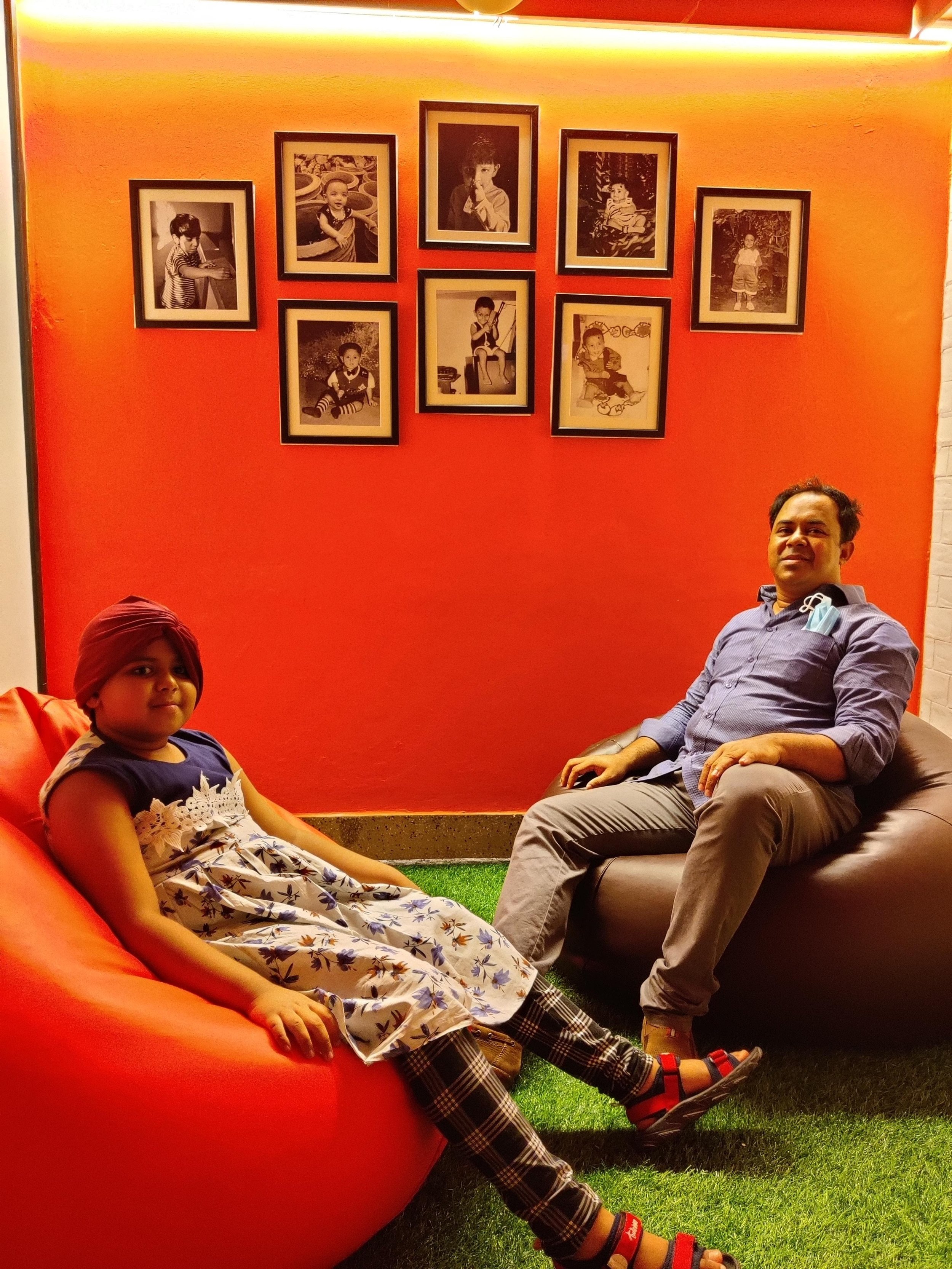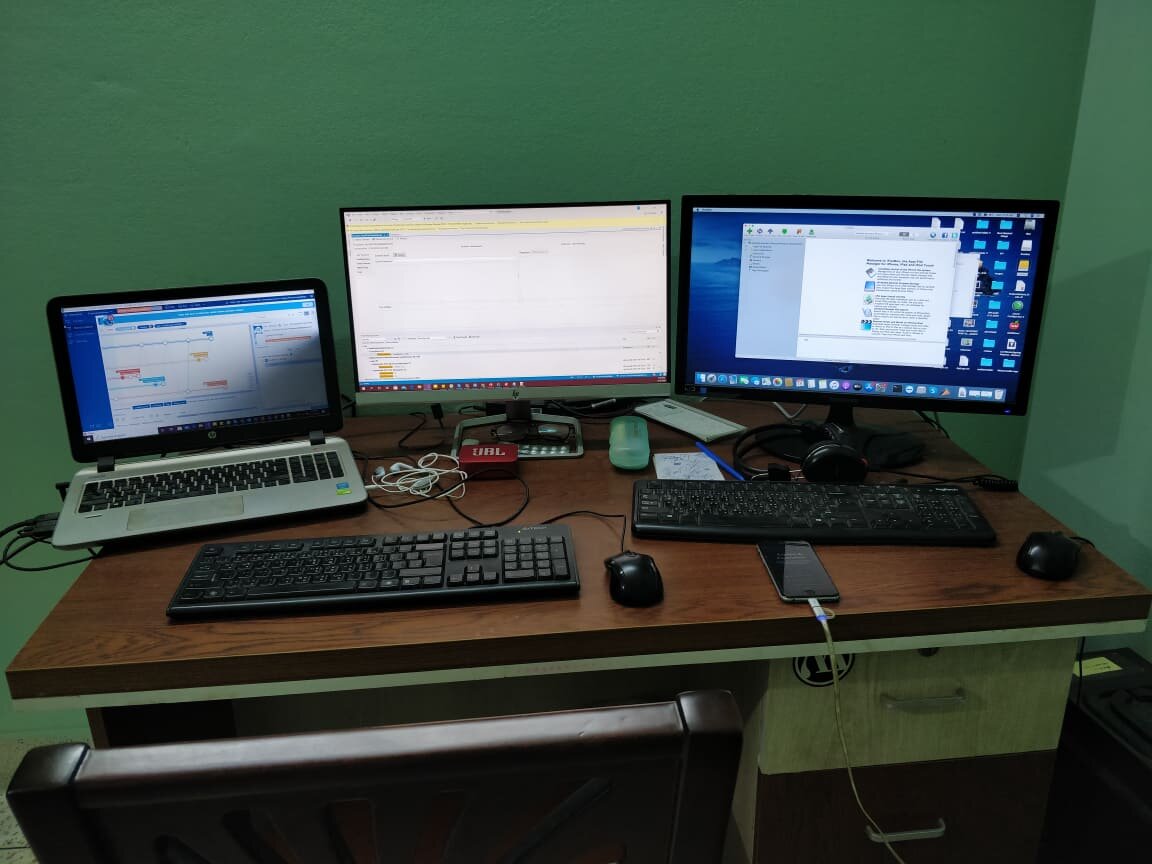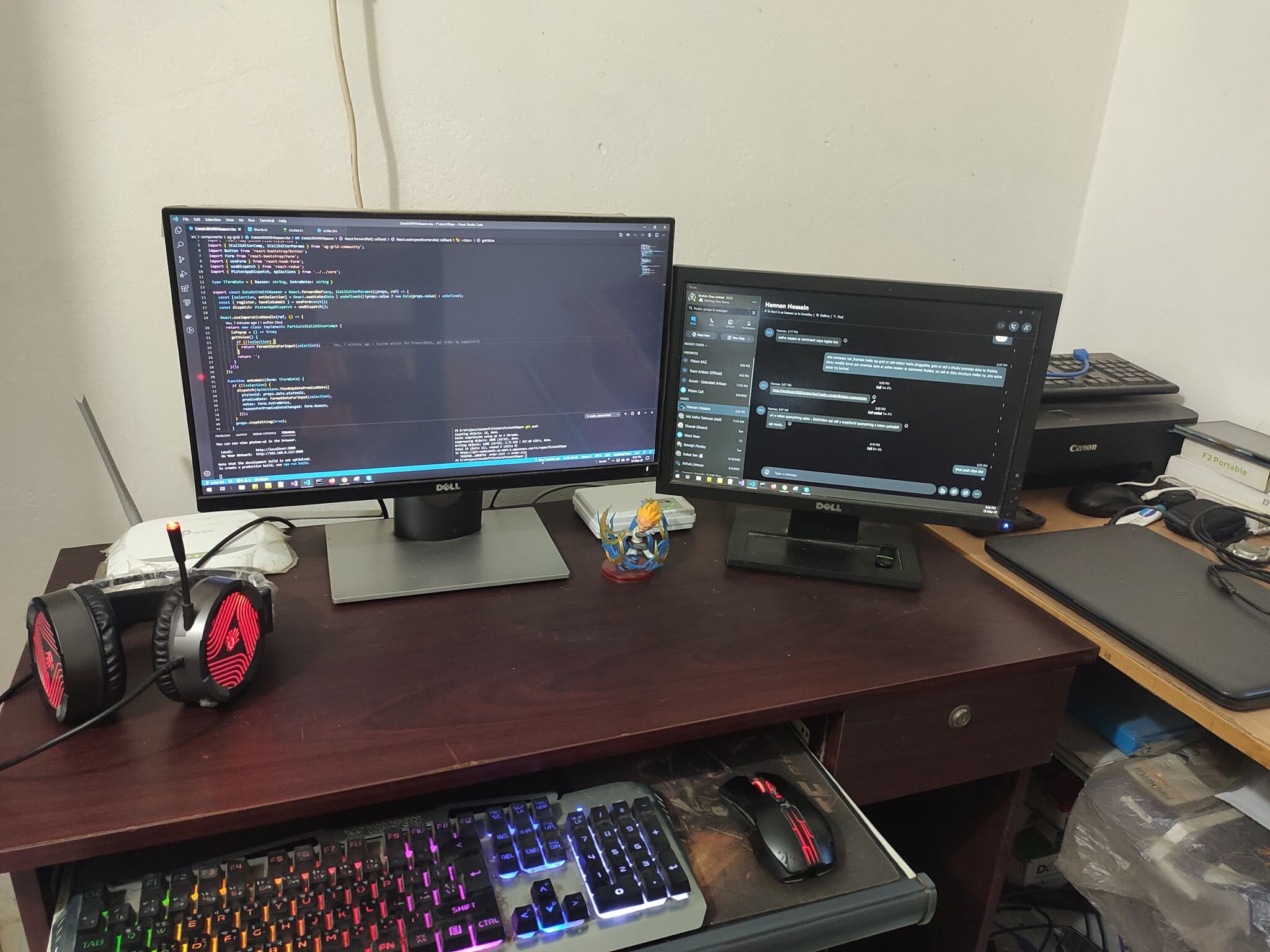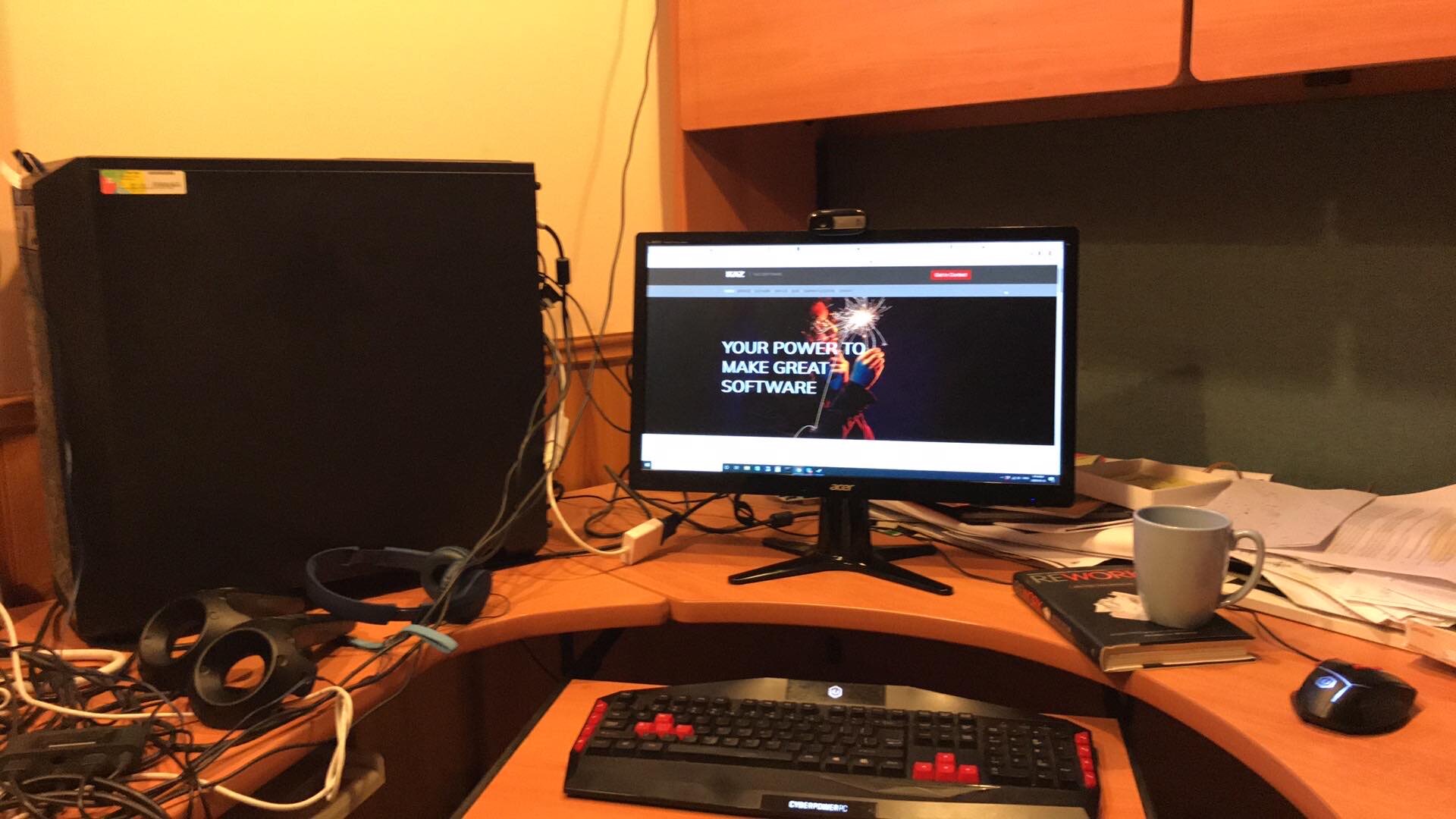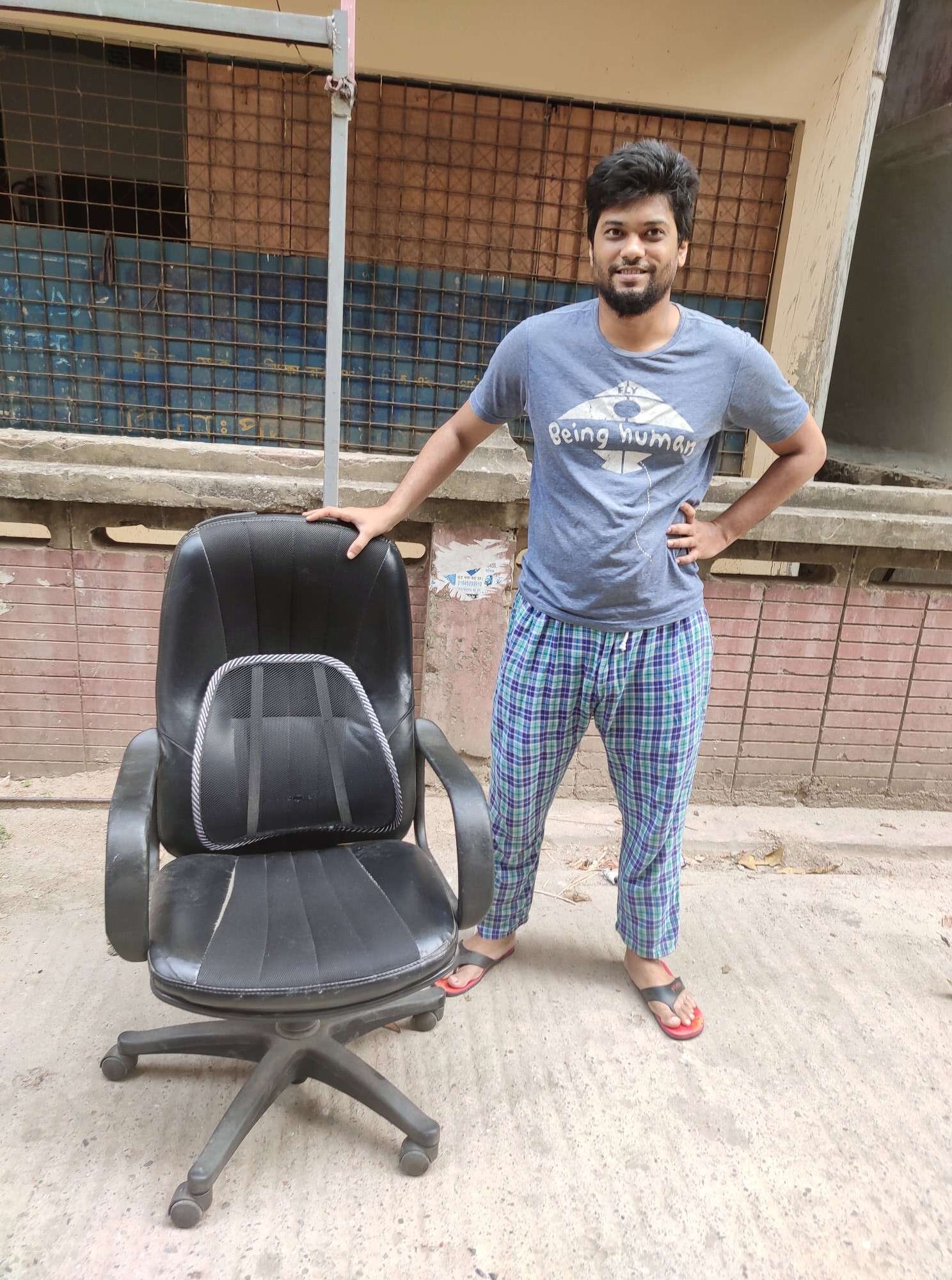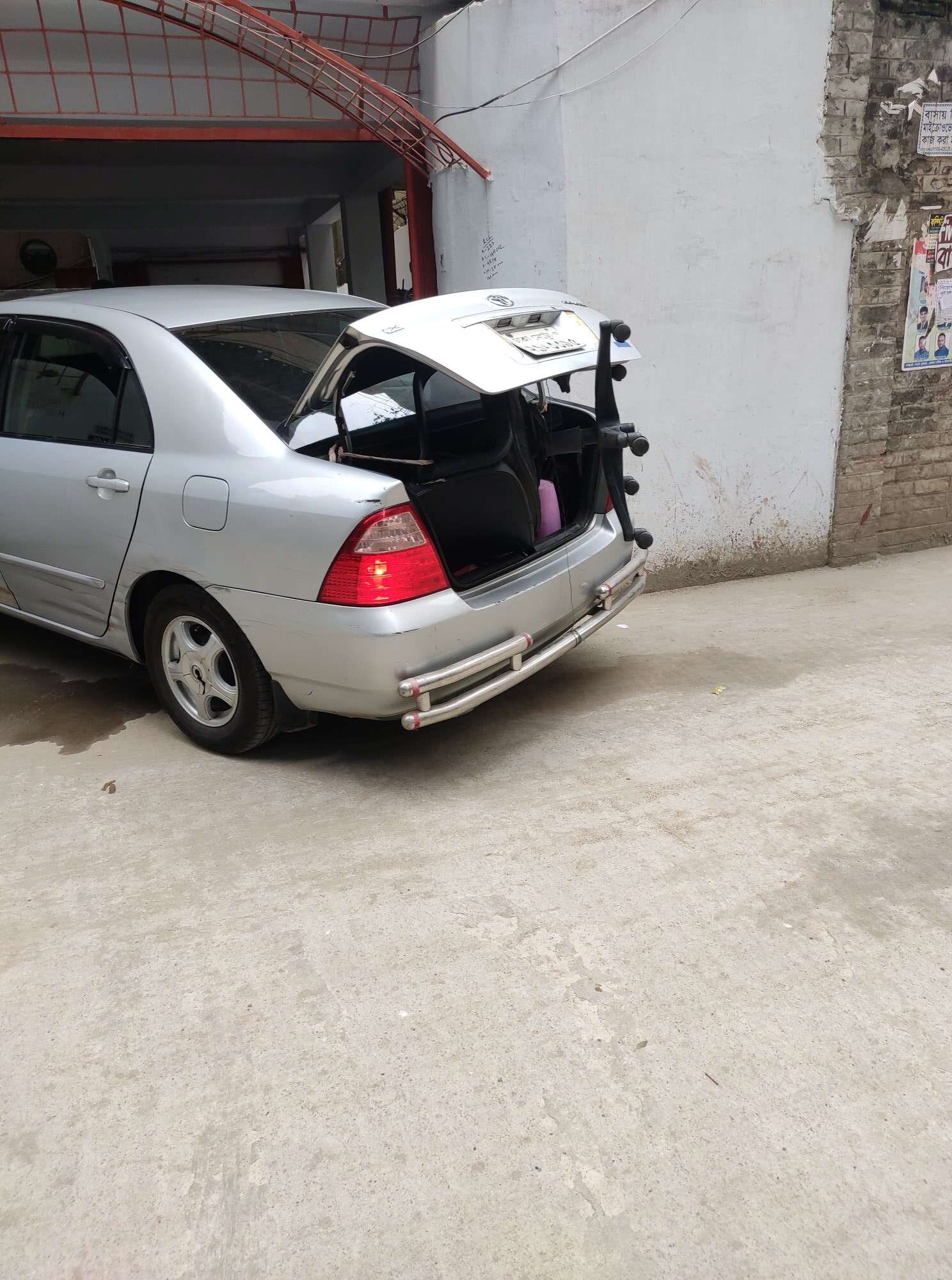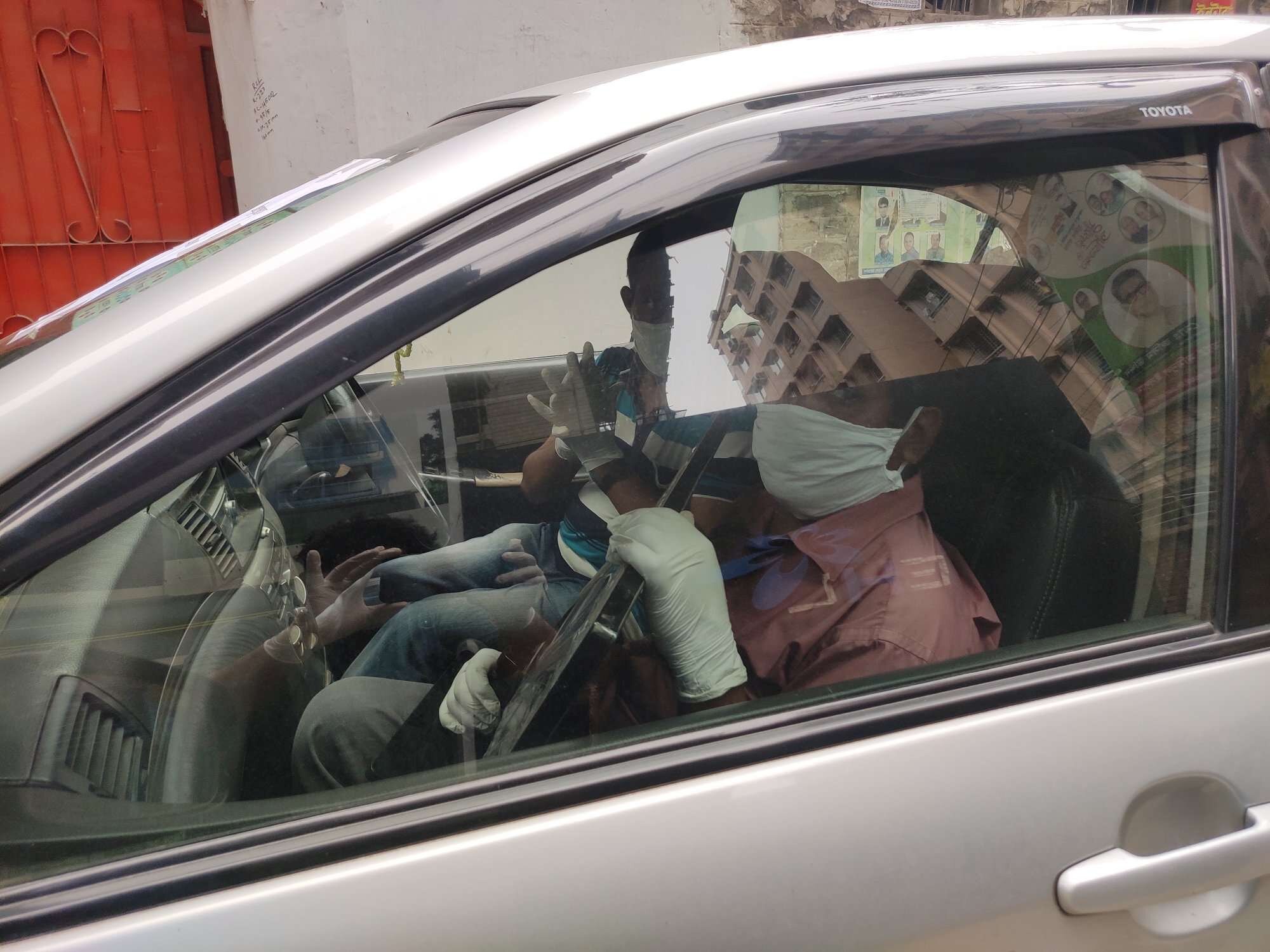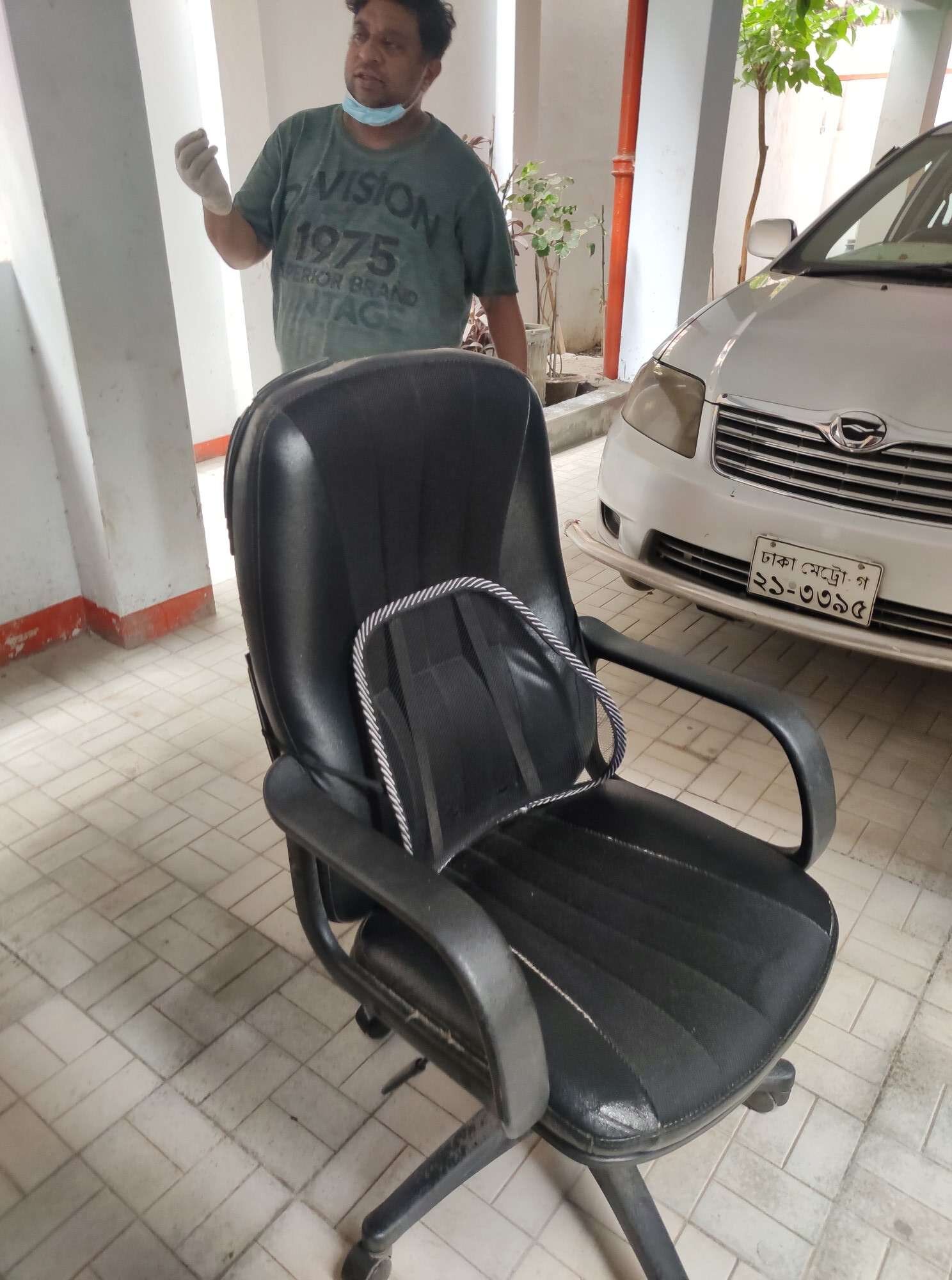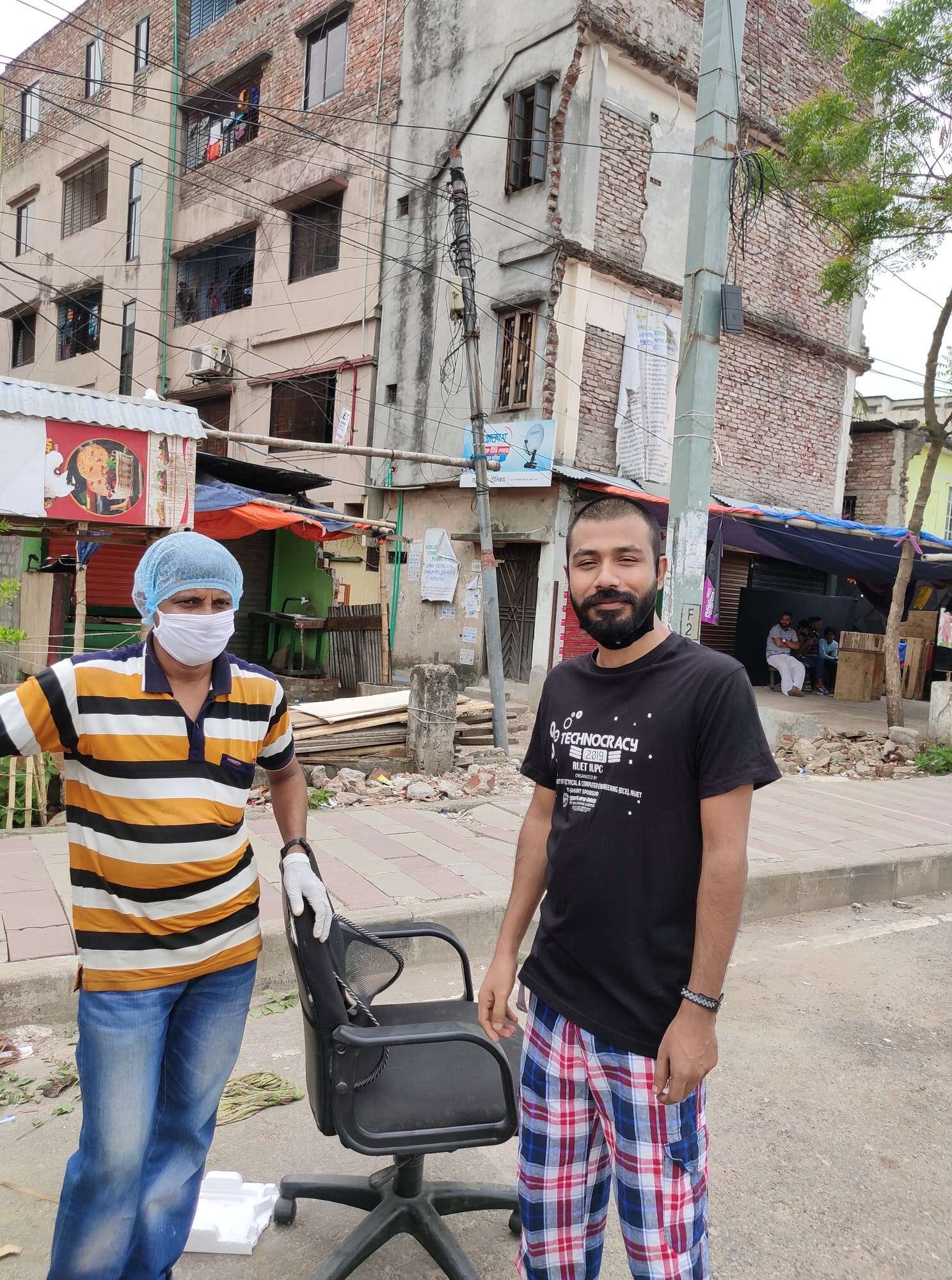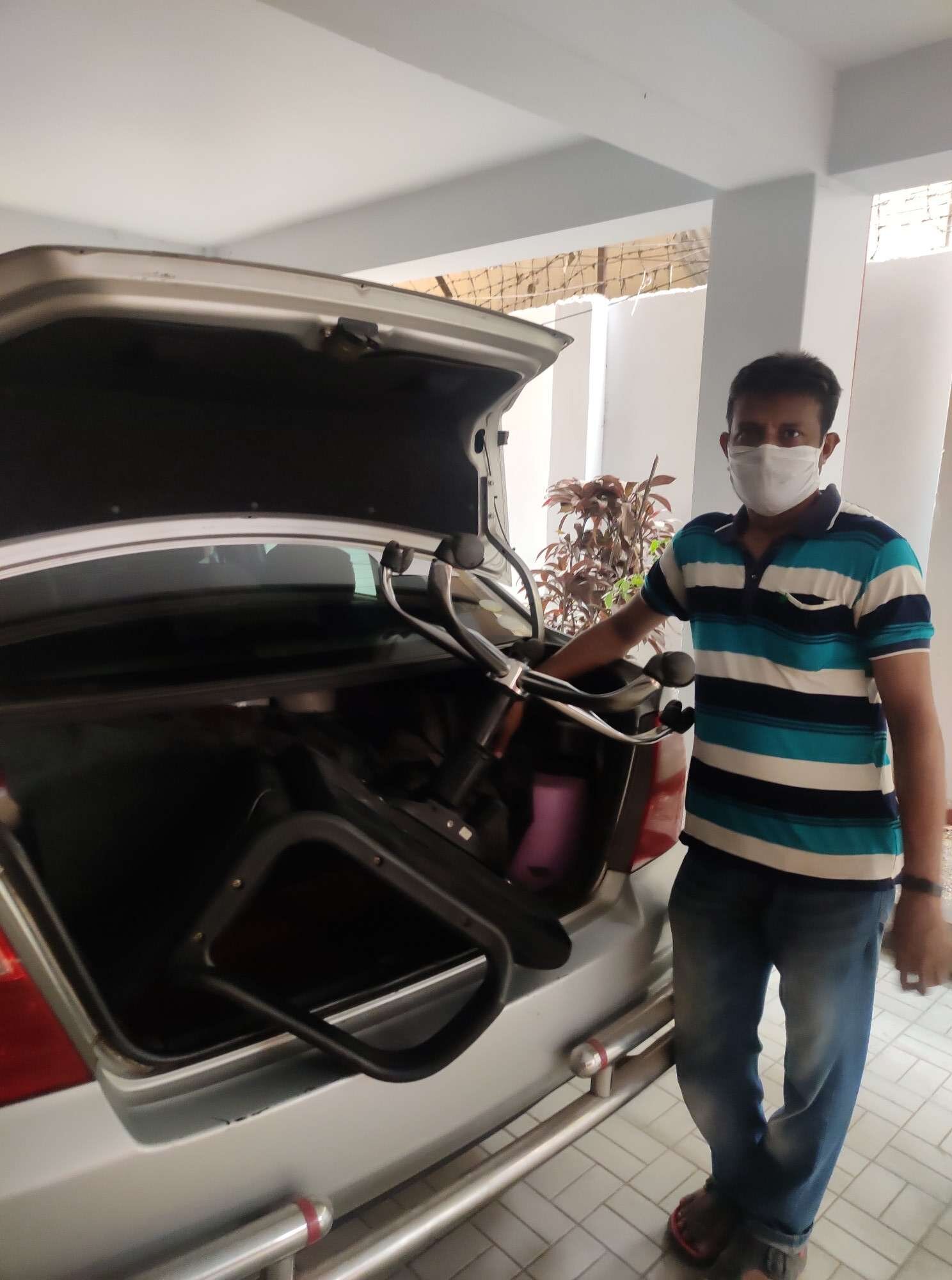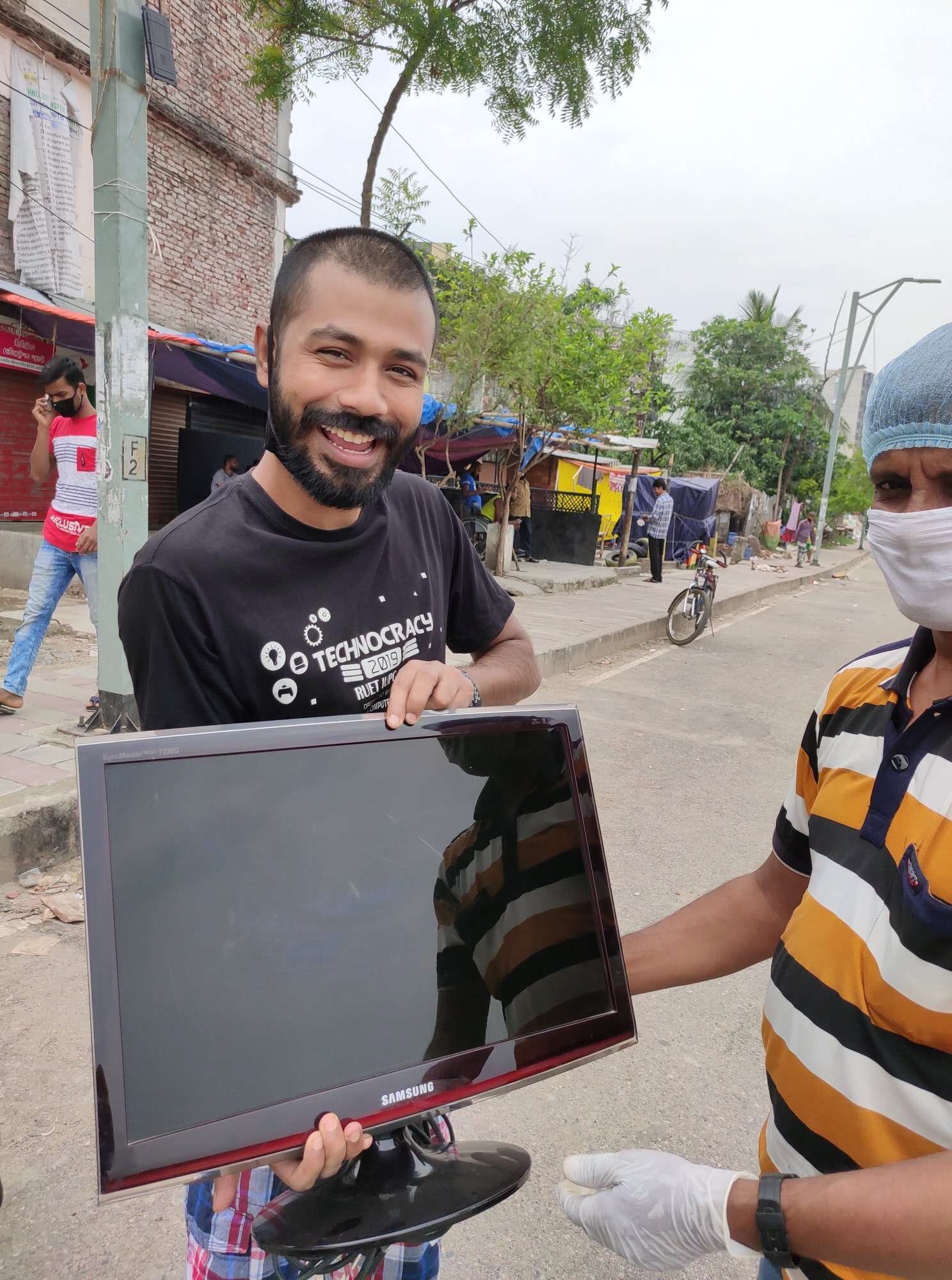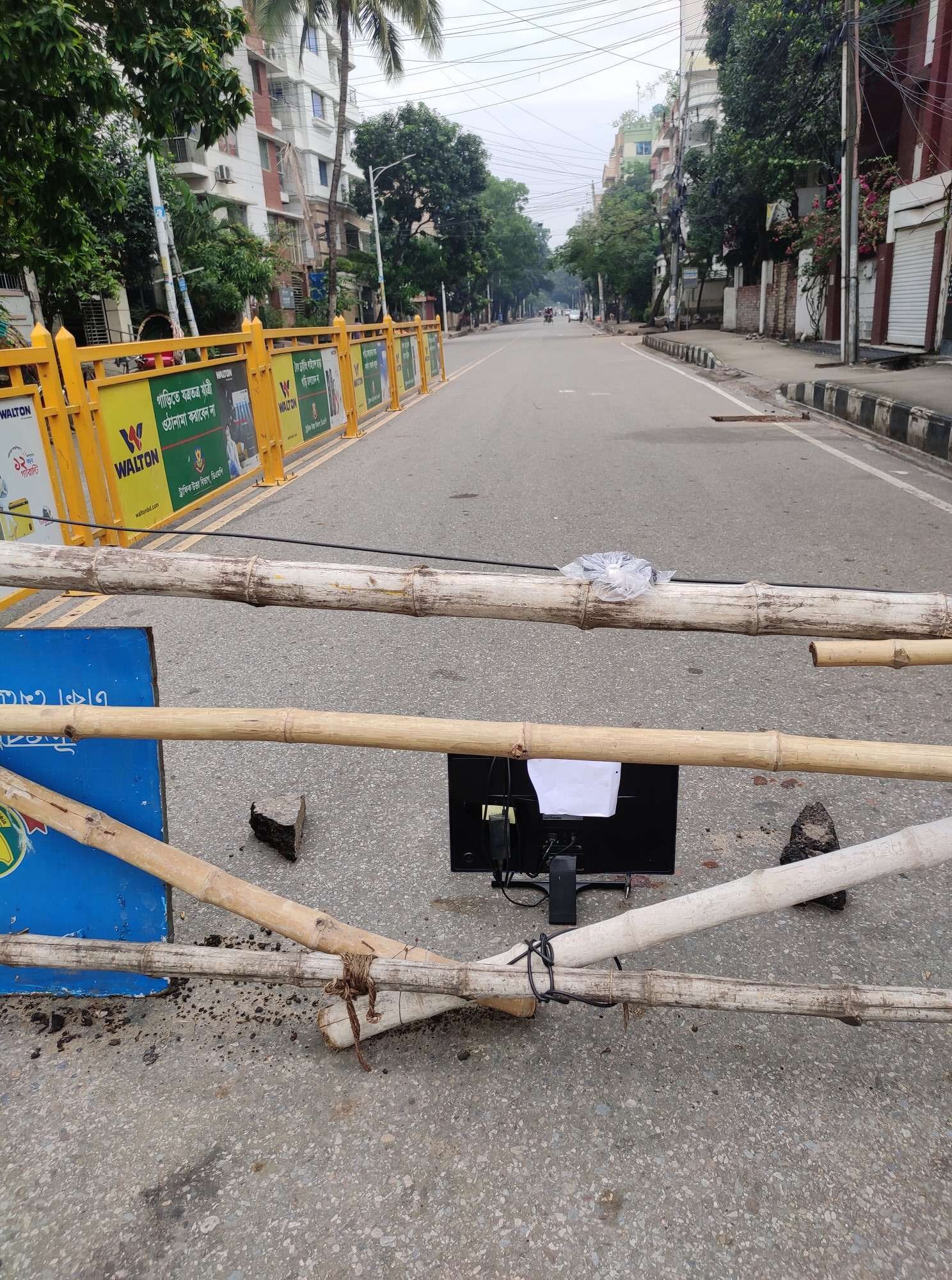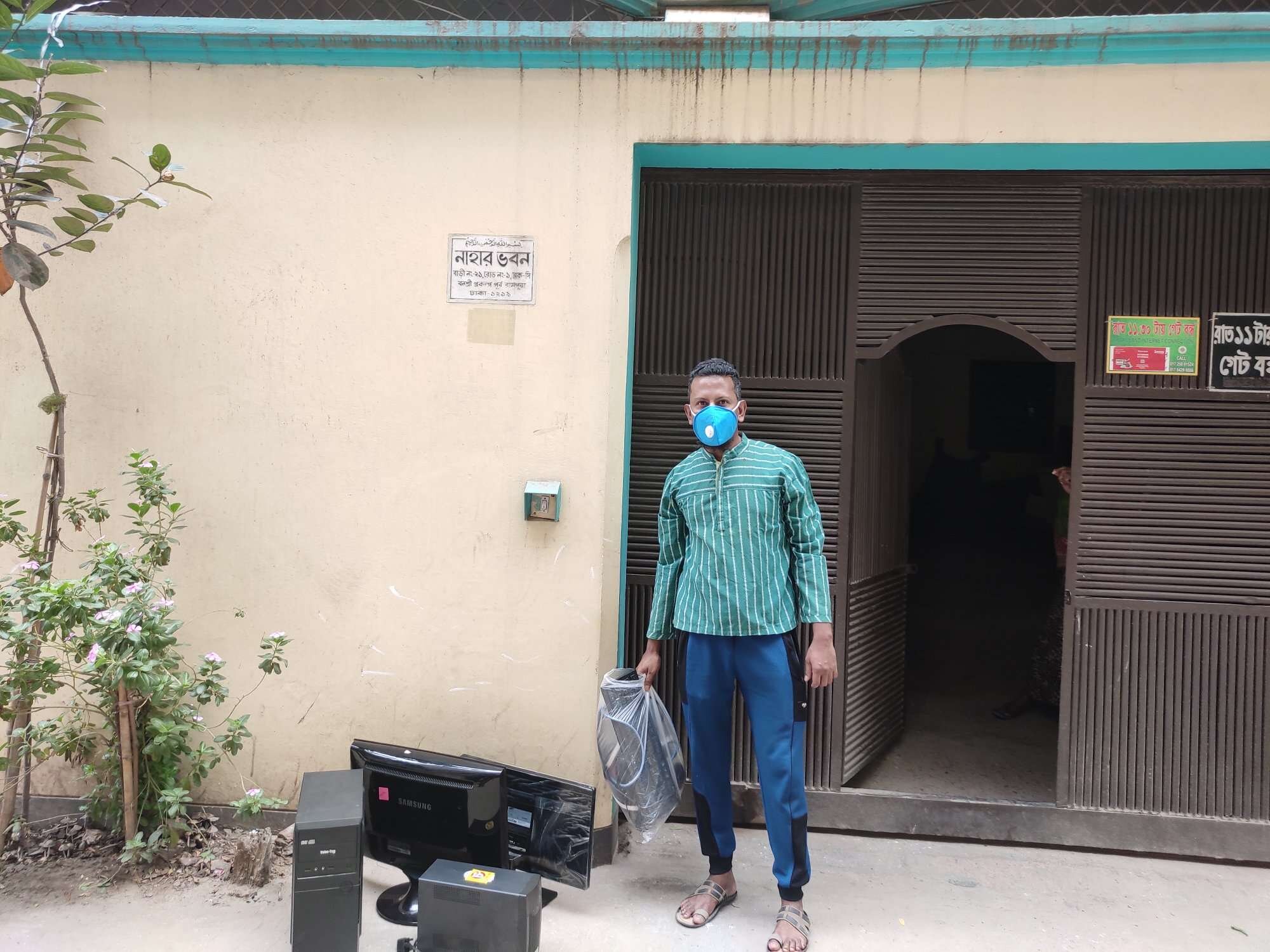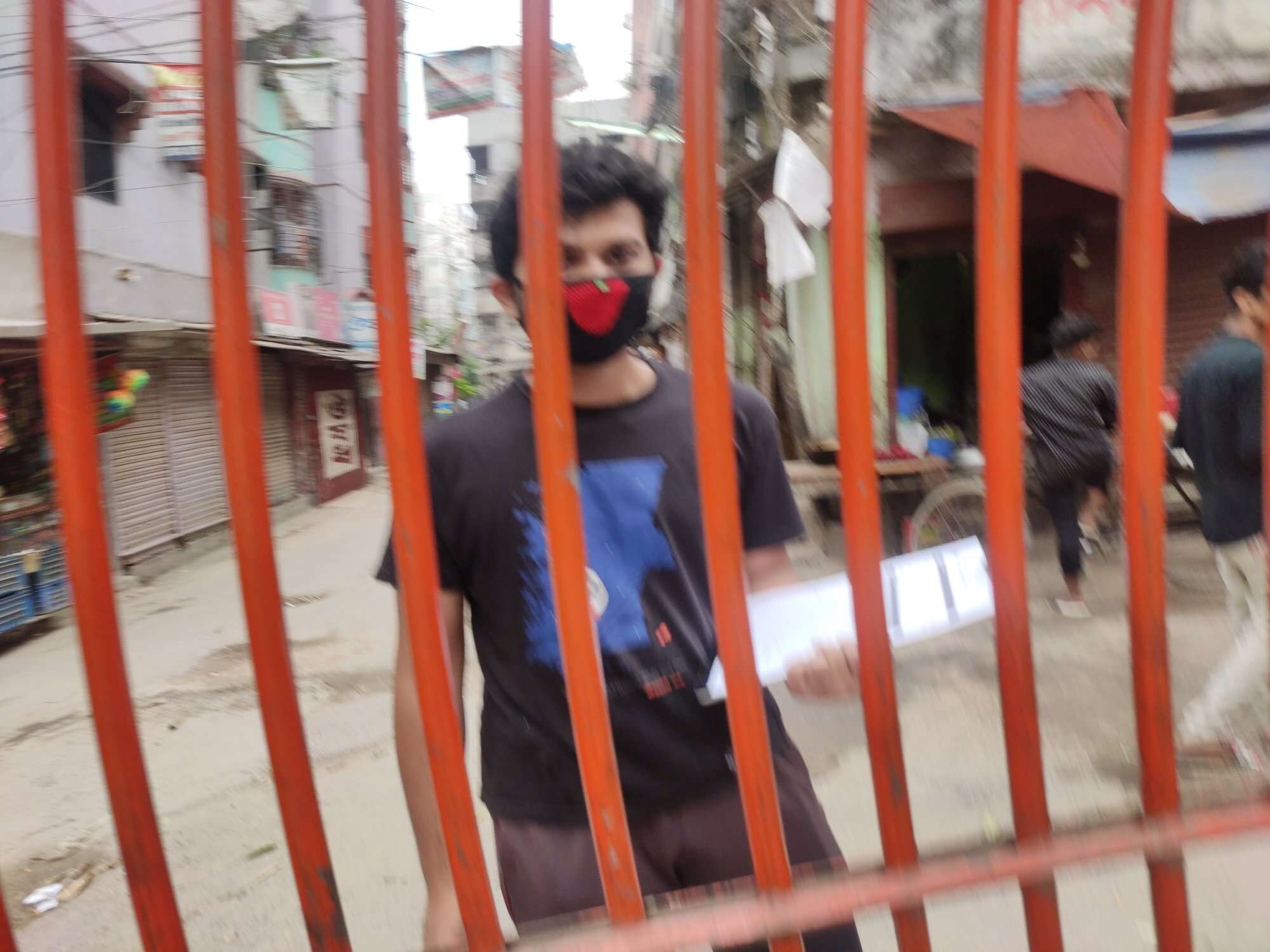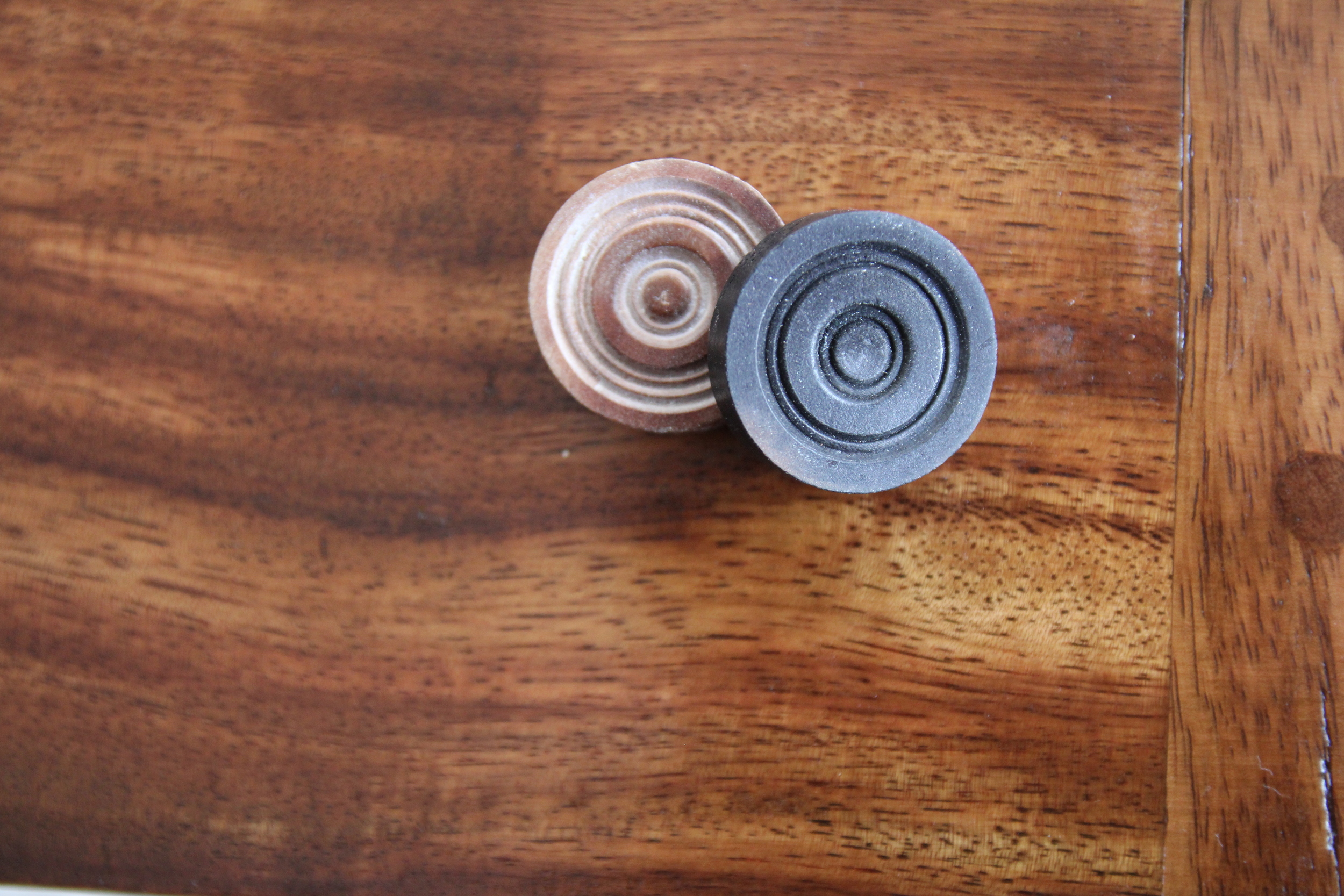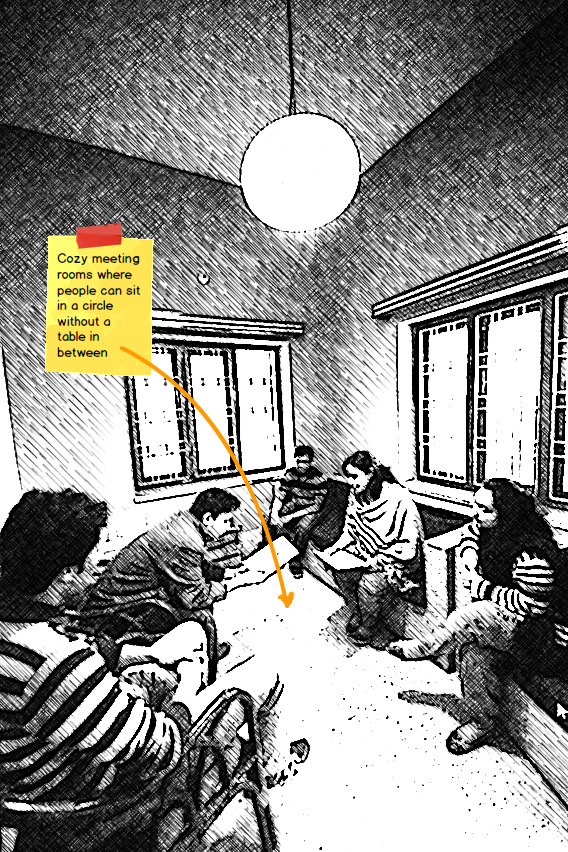What is the right working environment in a software company?
/In the intricate tapestry of life, there exists a Shakespearean ambivalence, a delicate dance of uncertainty and certainty. Yet, amidst the nuanced shades of gray, one element stands out starkly: the cubicle. To say that cubicles are bad is not merely a subjective opinion but a definitive statement, a truth etched without a shred of doubt.
The question that inevitably follows is, "If not cubicles, then what?" Here, Shakespeare yields the stage to a more pragmatic inquiry: What constitutes the best workspace layout?
From towering corporations to the intimate spaces of universities and architectural firms, this query has echoed through the hallowed halls of decision-makers, often with mixed results. To navigate this labyrinth, let us embark on a journey guided by data, revealing two resounding truths that cast a guiding light on the ideal workspace configuration.
Cubicles are the Worst environment possible
Proximity Matters in the Digital Age:
In an era dominated by digital connectivity, the physical closeness of individuals still holds unparalleled power. Numerous studies, including extensive research by MIT Media Lab, attest to the positive correlation between physical proximity and collaboration. As Ben Waber, a scientist at MIT Media Lab, succinctly puts it, "The probability that any two people on a corporate campus will interact physically or digitally is directly proportional to the distance between their desks."
Team Interaction vs. Productivity:
Contrary to the prevailing belief that increased interaction fosters productivity, evidence suggests otherwise. A study conducted by an MIT team in a major German bank demonstrated that heightened interactions between disparate teams could undermine overall performance. The logical inference: keep individual teams together but separate from others.
Patterns in workspace design helps productivity:
In light of these revelations, a timeless solution emerges from the annals of workspace design: Christopher Alexander's "A Pattern Language." Page 414 of this venerable tome holds the key to a fundamental truth — a truth that resonates with the essence of human collaboration.
"The fundamental learning situation is one in which a person learns by helping someone who really knows what he is doing... Arrange the work in every workgroup, industry, and office in such a way that work and learning go forward hand in hand."
The implementation of this philosophy aligns seamlessly with the structure of our offices, nestled in the historic brick-built houses of Dhaka. Transforming adjacent rooms, and sometimes even connecting verandas, into team spaces fosters an environment where work and learning coalesce. A dedicated space for the team lead ensures a mentorship dynamic, fostering collaboration and facilitating impromptu discussions without disturbing the workflow.
The brick walls, emblematic of strength and resilience, serve a dual purpose. They not only shield teams from unwanted interference but also prevent unrelated conversations from disrupting the flow of focused work.
In conclusion, as we navigate the complex realm of office layouts, we find solace in the fact that Shakespeare, with all his literary prowess, has little to contribute to this practical discourse. The answers lie not in the pages of a playwright's script but in the timeless wisdom of a well-crafted pattern language. We've deciphered the code, crafted our spaces, and in doing so, we pay homage to the bard — for while he may not guide our office layouts, we love him all the same.










